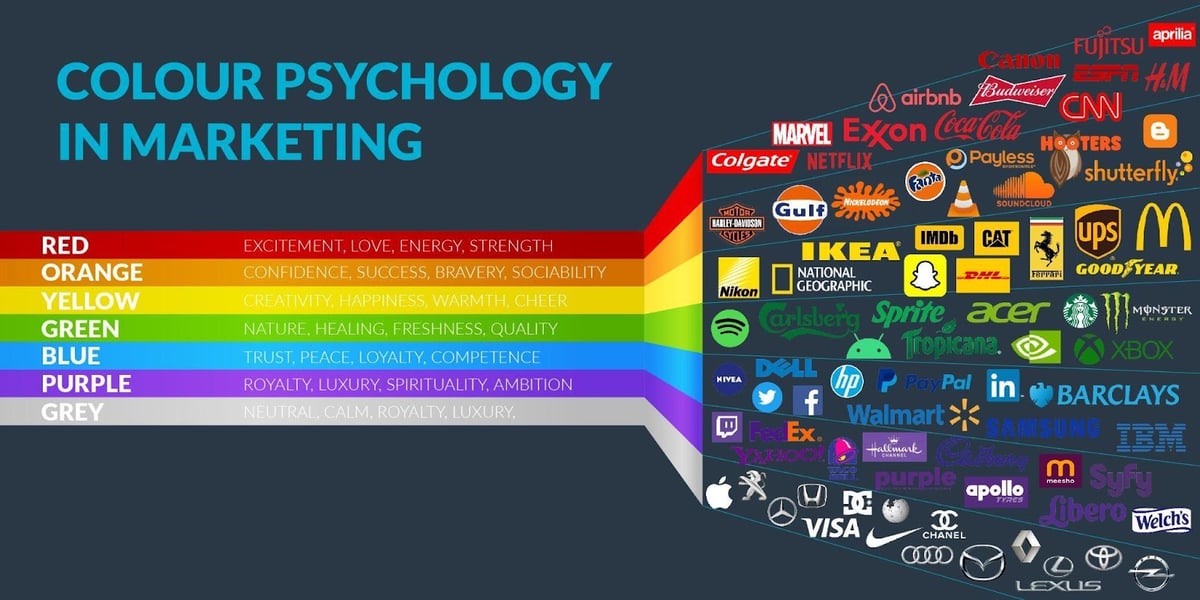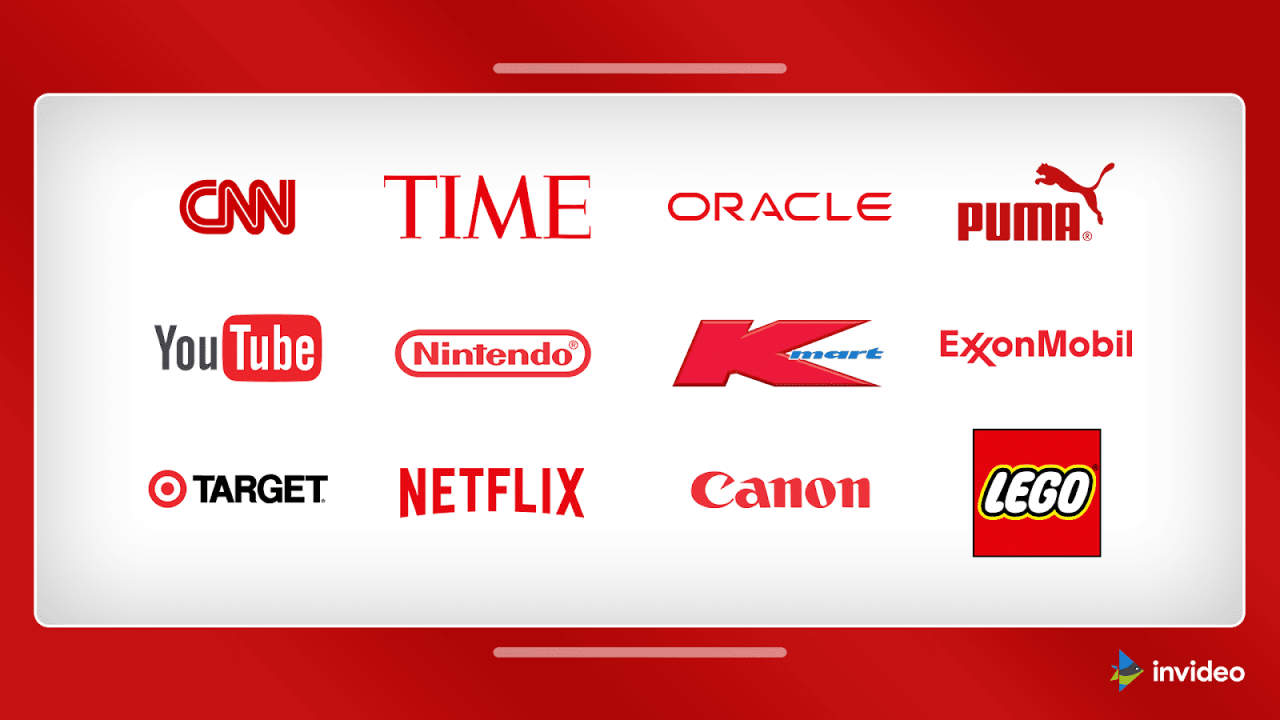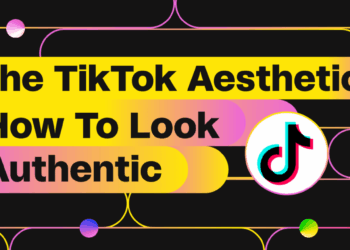The streaming revolution has quietly transformed a fundamental design principle – color theory. Netflix’s content strategy and interface design have fundamentally altered how viewers perceive and process color in visual media. This 2,500-word investigation reveals how binge-watching culture, mobile viewing habits, and algorithmic personalization have created a new chromatic language that’s influencing everything from Hollywood productions to home decor palettes.
 A. The Netflix Color Revolution
A. The Netflix Color Revolution
-
Streaming-Specific Color Adjustments
-
Mobile-optimized saturation levels
-
Dark mode-friendly palettes
-
Data compression considerations
-
-
Genre Color Coding
-
Romantic comedies: Candy-colored hues
-
Thrillers: Desaturated blues
-
Sci-fi: Neon-accented darkness
-
-
UI Design Innovations
-
Personalized title card colors
-
Mood-based background gradients
-
Accessibility-focused contrasts
-
 B. 5 Ways Netflix Changed Color Perception
B. 5 Ways Netflix Changed Color Perception
1. The Binge-Watching Effect
-
Extended exposure altering color sensitivity
-
Palette fatigue solutions
-
Episode-to-episode consistency demands
2. Small Screen Dominance
-
Smartphone color temperature adjustments
-
Glare compensation techniques
-
Thumbnail visibility priorities
3. Global Color Standardization
-
Cultural color meaning reconciliation
-
Localization vs. universal palettes
-
Regional censorship adaptations
4. Algorithmic Color Personalization
-
User-specific saturation preferences
-
Time-of-day adjustments
-
Content-matching interfaces
5. The “Netflix Light” Phenomenon
-
Low-light viewing optimization
-
OLED screen enhancements
-
Sleep cycle considerations
 C. Industry-Wide Ripple Effects
C. Industry-Wide Ripple Effects
-
Film Production Changes
-
Dual-grading for theaters/streaming
-
LED wall virtual production shifts
-
Costume/material color selections
-
-
Advertising Adaptations
-
Platform-specific color variants
-
Scroll-stopping saturation
-
Brand palette flexibility
-
-
Home Design Trends
-
“Netflix-friendly” wall colors
-
Viewing environment lighting
-
Furniture color coordination
-
D. Psychological Impact of Streaming Colors
-
Attention Economy Effects
-
Chromatic clickbait strategies
-
Decision paralysis reduction
-
Mood synchronization techniques
-
-
Memory Formation
-
Show identification through color
-
Episode recall via palette shifts
-
Franchise consistency
-
-
Emotional Manipulation
-
Subconscious tone-setting
-
Cross-cultural emotional triggers
-
Binge-induced mood states
-
 E. Controversies and Backlash
E. Controversies and Backlash
-
Creative Limitations
-
Formulaic color grading
-
Auteur style suppression
-
Homogenized visual languages
-
-
Accessibility Issues
-
Color contrast problems
-
Epilepsy risks
-
Cultural insensitivities
-
-
Preservation Concerns
-
Compression artifacts
-
Platform-exclusive grading
-
Future proofing challenges
-
F. The Future of Digital Color
-
Next-Gen Technologies
-
AI-driven dynamic grading
-
HDR+ advancements
-
Holographic color ranges
-
-
Personalization Extremes
-
Biometric response coloring
-
Neural adaptation interfaces
-
Mood-altering palettes
-
-
New Creative Possibilities
-
Viewer-controlled grading
-
Narrative color branching
-
Chromatic storytelling
-
Conclusion
Netflix’s invisible color revolution has rewired our visual cortex, creating new expectations and possibilities for chromatic communication. As streaming becomes the dominant media consumption method, its color language increasingly influences our broader visual landscape – from the clothes we buy to the paint we choose for our walls. This silent transformation represents one of the most significant shifts in color theory since the advent of color television.
Tags: color theory, Netflix, streaming media, visual design, color psychology, UI design, film production, digital media, binge-watching, chromatic trends















